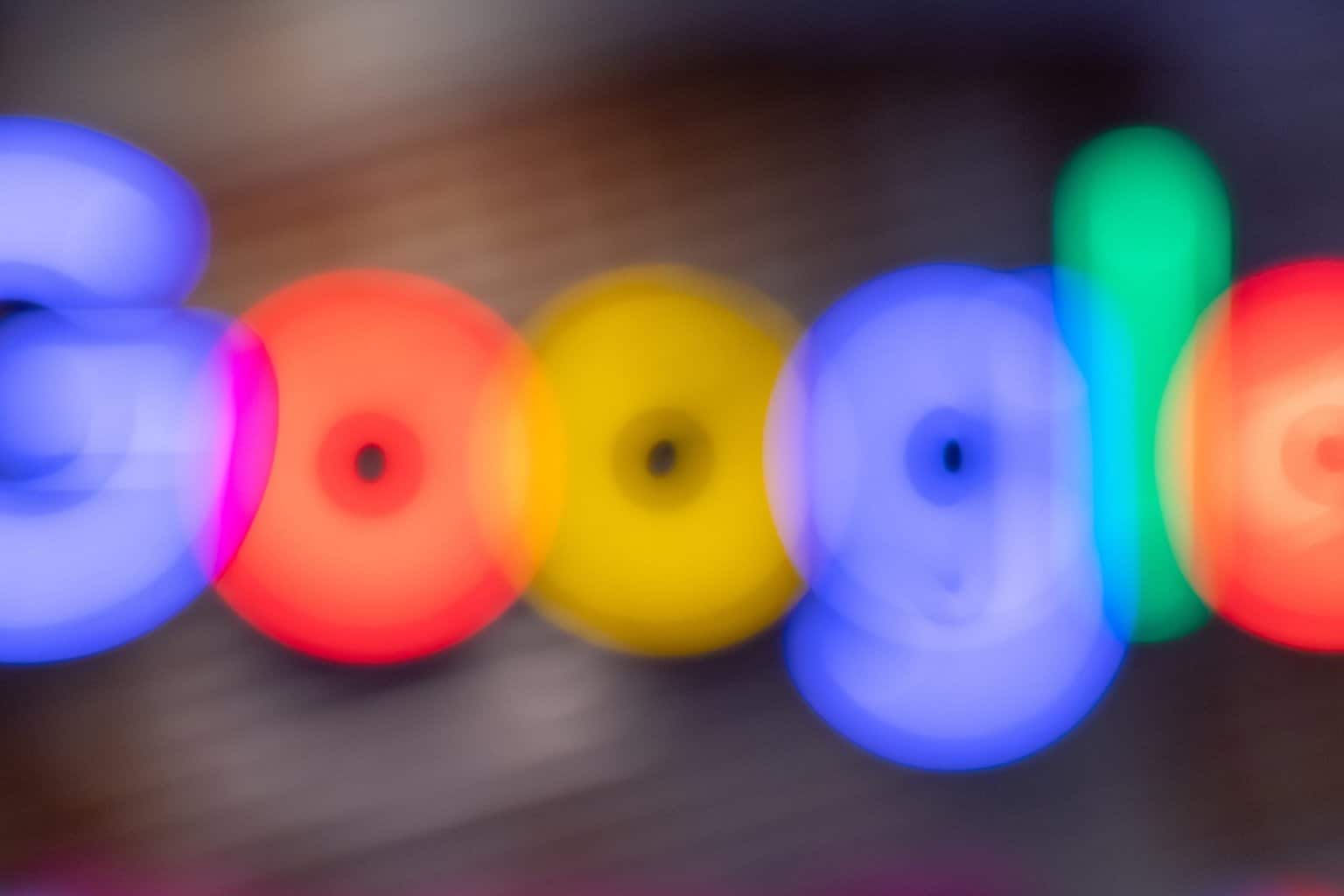A revisiting of Google ranking factors

SEO always needs a refresher course once in a while. The digital world is always changing, and Google likes to make a habit of upgrading its 10 commandments for ranking in its search engine. It’s why every user uses it and therefore why every business wants to rank higher on it. But that means you really have to keep your finger on the pulse to succeed at SEO.
So, thanks to the help of Red Website Design, who put together an infographic list of the confirmed Google ranking factors that are most important to SEO success. We’re going to do a deep dive into them here. Are there any factors that you are missing?
The one rule of Google
It’s important to remember what Google prizes when they are looking at your work. They’re not looking for the most polished website with the biggest investor behind it. They’re looking to make sure that your website answers the question of the user.
Backlinks
As the infographic puts it simply: “Backlinks are clickable links from one website to another”.
However, that might be too simple. Your brand needs other websites to link back to you, usually as a source of information or somewhere to “learn more”. This, in turn, will aid your “authority”, which is another important factor in SEO because it helps support that your website is a good source of relevant and correct information.
Red Website Design said: “In 2016, Google’s Andrey Lipattsev confirmed they’re one of Google’s strongest ranking factors. But not all backlinks are created equal. Some move the needle more than others.”
And unfortunately, that’s where the mystery comes in. It isn’t known what makes the perfect backlink, so a common strategy is to play a numbers game, and perhaps an “ask nicely” game.
Relevance
As per Google’s one rule, to answer the question, one of the most important elements is relevance. Here, it’s important to think about what language the user is actually using.
As the infographic says: “For example, most of the top results for ‘air fryer’ are blog posts with top picks. This indicates that searchers are in research mode, not buying mode.”
But if the user adds a term like “price”, “cheapest”, etc., the search is likely to bring up your website air fryer product list.
Freshness
Freshness is about making sure you’ve got the most up-to-date information, especially with topics that tend to change a lot, like, oh, I don’t know, digital marketing.
“Freshness is a query-dependent ranking factor. It’s stronger for queries that call for fresh results. That’s why the top results for ‘Netflix new shows’ are quite new, but the results for ‘How to solve a Rubik’s cube’ are old.”
Keep your content fresh with updated blog posts, edit existing blog posts with new information, and updated pages.
HTTPS
This one is simple. The HTTPS at the start of every web address. The S stands for “secure”, which means without it, your website is not secure. Google will notice and therefore not recommend your website to its users.
Mobile-friendliness
Another simple one, optimizing your page for mobile use makes sense on lots of levels. Users are spending more time on mobile devices rather than PCs and laptops and they’re fickle, so a glitch or a long loading time will cause them to bounce. In addition, Google doesn’t like it.
You can check your mobile usability report in Google Search Console to ensure that you have no issues according to Google and find things to fix.
Page speed
As we mentioned, long loading screens are a factor, but not just on mobile pages. So you need the fastest loading time, right?
“However, when it comes to SEO, the name of the game isn’t to make your site lightning fast – just fast enough. That’s because Google only demotes pages that deliver the slowest experience to users.”
Intrusive interstitials
Pop-ups. They drive everyone crazy. Intrusive interstitials are page overlays that get in the way of the real meat of the webpage. Think, reading an article and getting a pop-up telling you to subscribe, plus the GDPR requirement, plus a video that just won’t go away even though you’ve scrolled past it.
The GDRP one is required, depending on where you are, but there are definitely places you can clean up.
“Google views them as intrusive when they obstruct a user’s view of the content. This is because they interrupt and frustrate users, leading to a poor experience.”
If you’re having trouble, consider running the vacuum cleaner over your webpage.
If you are interested in more affiliate and social media marketing insights, take a look at our blog for all the latest news and advice. Or for a more personalised approach, book a free call with a member of our team.
Or, for the very best advice from industry peers, register to join us for our ELEVATE Summit in July. Elevate aims to bring you the latest affiliate, performance, and partner marketing insights from across the globe and it’s all available to stream from our website.






